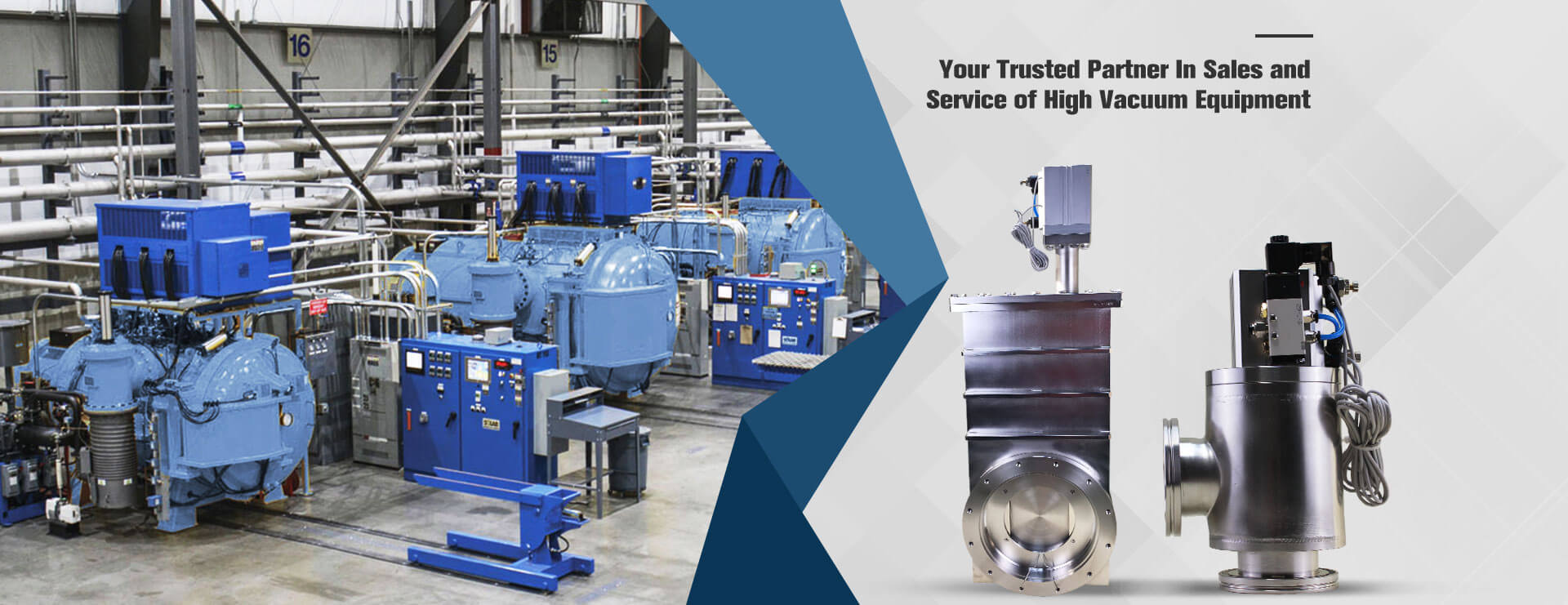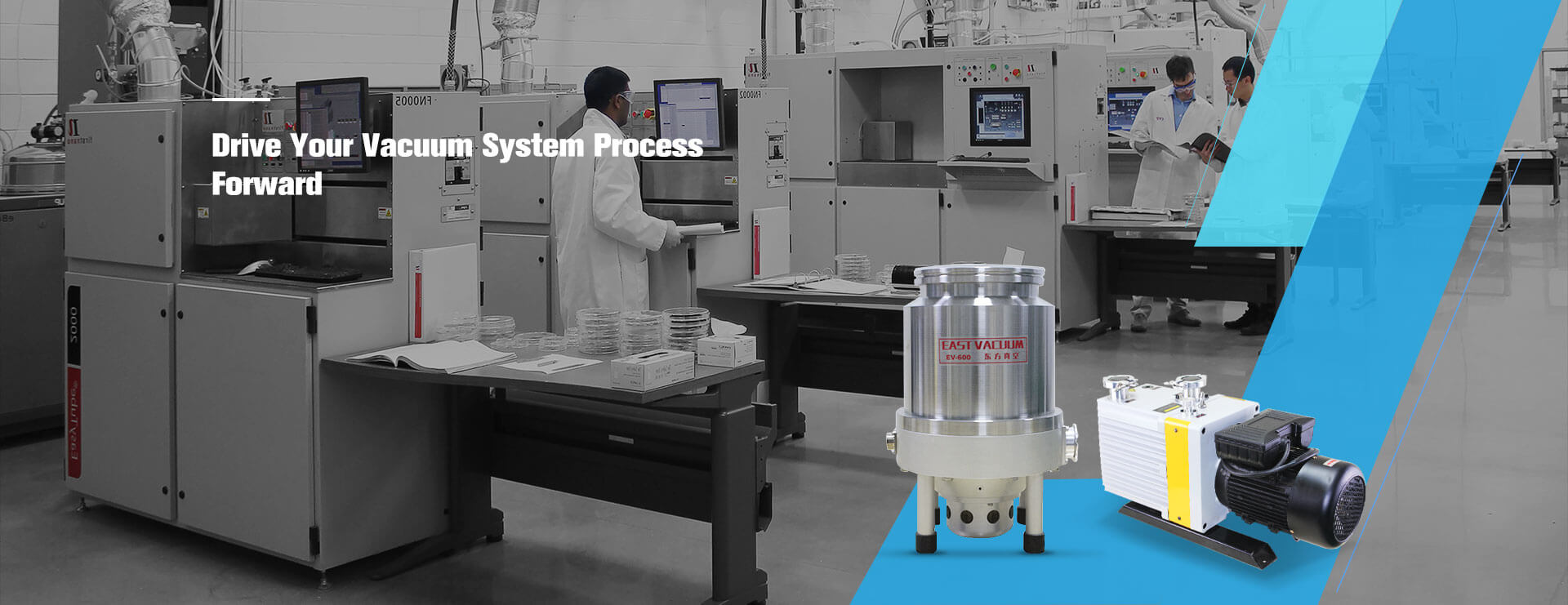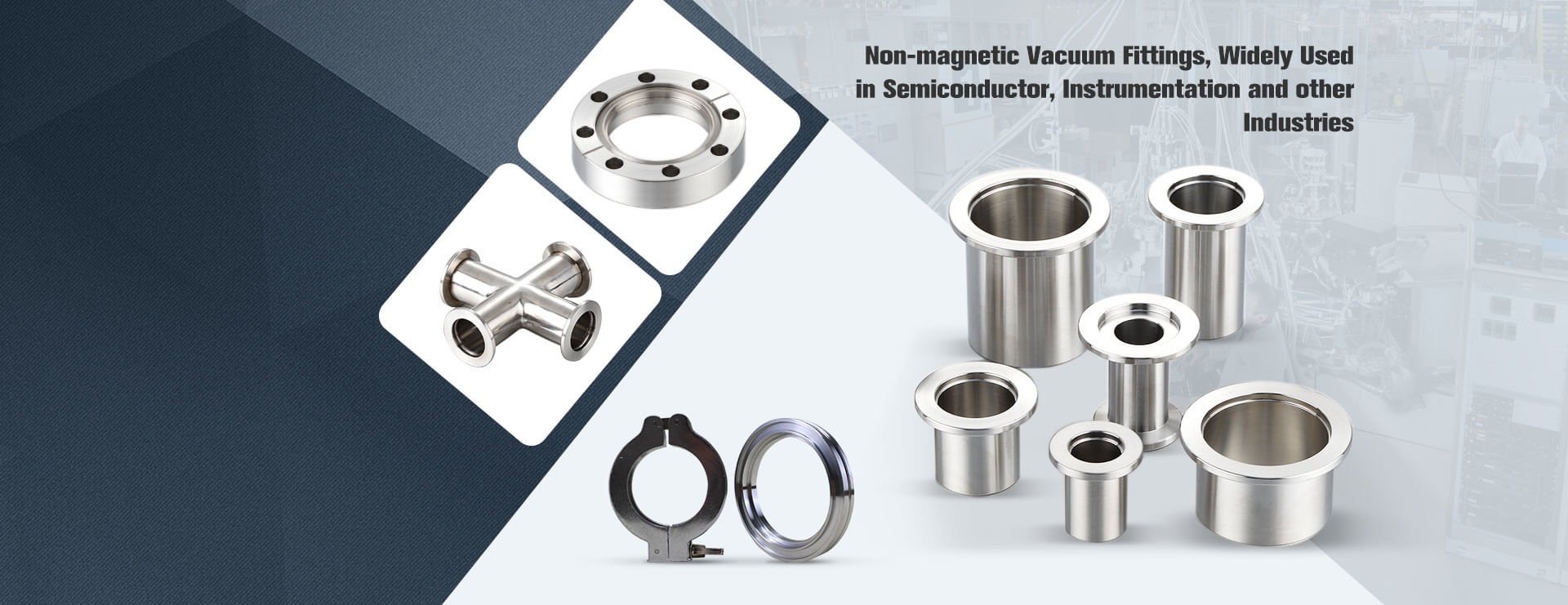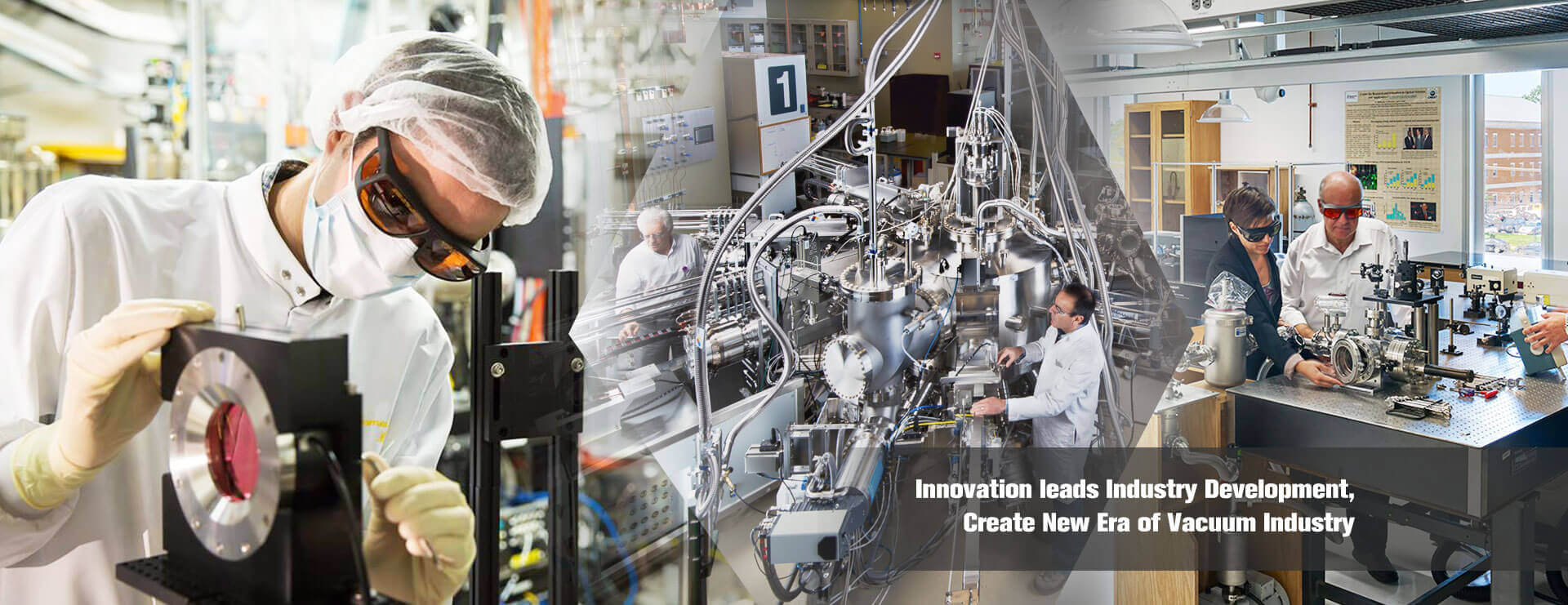In the realm of vacuum technology, valves serve as crucial components within vacuum systems, fulfilling functions such as cutoff, regulation, direction, and protection. With the continuous advancement of vacuum technology, valve designs and types have become increasingly diverse, aiming to meet the diverse needs of various vacuum systems for precise control, efficient conduction, and adaptability to extreme environments. This article delves into several common valve types and their characteristics within vacuum systems, providing valuable insights for professionals in related fields.
I. Structural Characteristics and Functional Classification
1. Butterfly Valves
Butterfly valves utilize a disk-shaped butterfly plate as the actuating element, rotating within the valve body around its own axis to achieve cutoff or regulation. Their compact structure and ease of operation make them particularly suitable for vacuum systems requiring rapid response and precise control. However, the operating pressure and temperature range of butterfly valves are relatively limited, and their sealing performance is slightly inferior to other valve types.
2. Ball Valves
Ball valves use a spherical body as the actuating element, rotating to allow or block fluid flow. Ball valves are structurally tight and exhibit excellent sealing performance, suitable for vacuum systems requiring complete isolation or fine flow regulation. However, the precision required for manufacturing ball valves is high, resulting in increased costs, and their high-temperature resistance is limited.
3. Angle Valves and Gate Valves
Angle valves are noted for their compact size and modular design, ideal for vacuum systems requiring compact designs and rapid maintenance. Gate valves, on the other hand, control fluid flow through the lifting of a gate plate, offering minimal flow resistance and excellent conductivity. However, gate valves require more space for their stroke and are not suitable for high-pressure differential environments.
4. Globe Valves and Swing Valves
Globe valves use a valve stem to move a disk up and down to stop or regulate fluid flow, featuring a simple structure that is easy to manufacture and maintain. Swing valves combine precise control behavior, good insulation capabilities, and high conductivity, making them particularly suitable for vacuum systems requiring precise control and good insulation.
5. Specialty Valves
Additionally, there are a series of specialty valves such as symmetrical flow vacuum regulating valves, gas metering valves, pressure relief valves, vacuum check valves, and quick-closing valves, each with unique structures and functions to meet the needs of specific vacuum systems.
II. Operating Pressure and Actuation Principle
Vacuum valves can also be classified based on operating pressure and actuation principle. By operating pressure, they can be divided into low-vacuum valves, medium-vacuum valves, high-vacuum valves, and ultra-high-vacuum valves. By actuation principle, they can be categorized as manual valves, pneumatic valves, and electric valves. Different types of valves vary in operating pressure range, operation mode, and performance characteristics, requiring users to select based on actual needs.
III. Materials and Connection Forms
The material selection of vacuum valves is also crucial. Stainless steel valves are popular due to their excellent corrosion resistance and high-temperature resistance; carbon steel valves offer high strength and rigidity; and aluminum alloy valves are favored for their lightness and good corrosion resistance. Furthermore, valves come in various connection forms such as smooth, tongue-and-groove, trapezoidal groove, lens, and O-ring, each with unique application scenarios and sealing effects.
Conclusion
In summary, the variety of valve types in vacuum systems is extensive, with each valve fulfilling unique designs and functions to meet the needs of different vacuum systems. When selecting valves, users must comprehensively consider factors such as operating pressure, media characteristics, operation mode, and cost-effectiveness to ensure that the selected valve can fully exert its effectiveness and ensure the stable operation of the vacuum system. With the continuous progress and innovation of vacuum technology, more high-performance and reliable valve products will emerge in the future, injecting new vitality into the development of vacuum technology.
Post time: Nov-19-2024





主图001.jpg)